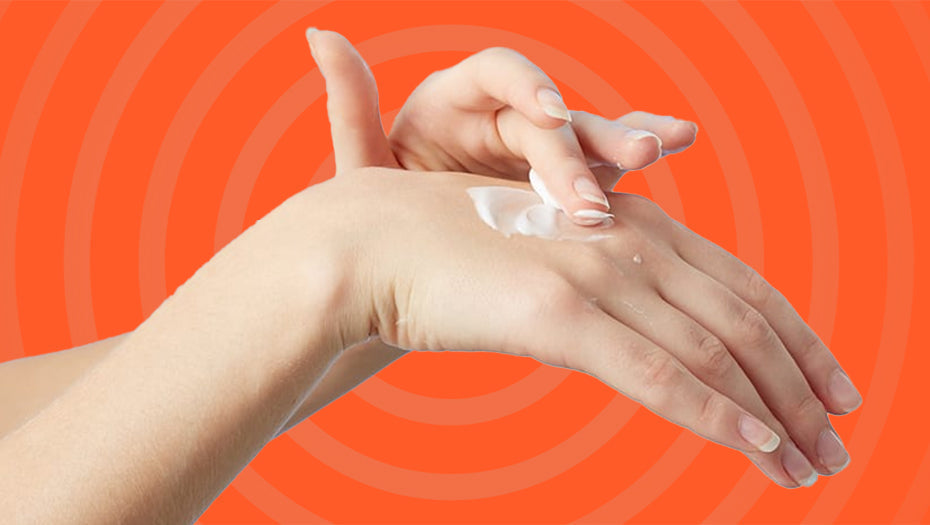Whether you're hiking through lush trails, camping under the stars, or lounging on a tropical beach, protecting your skin is a must. But when the sun is blazing and mosquitoes are buzzing, carrying both sunscreen and insect repellent can be a hassle. Enter insect repellent sunscreen—a 2-in-1 sunscreen and insect repellent solution designed to shield you from harmful UV rays and pesky bugs.
In this guide, we'll explore the benefits of bug repellent sunscreen, how to choose the best one, and why it should be your go-to skincare product for outdoor adventures.
Why Choose an Insect Repellent Sunscreen?

Using a sunscreen with insect repellent is a game-changer for anyone who spends time outdoors. Instead of applying multiple products, you can streamline your skincare routine with a single, effective solution. Here’s why you should consider using one:
1. Dual Protection
A 2-in-1 sunscreen and insect repellent not only blocks harmful UVA and UVB rays but also keeps mosquitoes, ticks, and other bugs at bay. This means fewer sunburns and bug bites, reducing your risk of skin damage and insect-borne diseases like Lyme disease and Zika virus.
2. Convenience for Outdoor Activities
When you're hiking, camping, or fishing, packing light is key. A bug repellent sunscreen helps you cut down on extra bottles and reapplications, making it the perfect companion for travelers and outdoor enthusiasts.
3. Cost-Effective
Instead of purchasing separate sunscreen and bug repellent products, a best insect repellent sunscreen gives you both in one, saving you money in the long run.
4. Skin-Friendly Formulations
Many natural insect repellent sunscreen options are available for those with sensitive skin. These products often use essential oils like citronella, eucalyptus, and lemon grass to ward off bugs without harsh chemicals.
Choosing the Best Insect Repellent Sunscreen
With so many options on the market, how do you choose the best insect repellent sunscreen for your needs? Here are key factors to consider:
1. SPF Rating
A good outdoor sunscreen with bug protection should have at least SPF 30 to shield your skin from harmful UV rays. If you plan on extended sun exposure, opt for SPF 50 or higher.
2. Active Ingredients
- DEET-Free Bug Repellent Sunscreen: If you prefer a natural option, look for DEET-free formulas that use ingredients like picaridin or essential oils.
- DEET-Based Sunscreen: DEET is highly effective against mosquitoes, but some people may find it irritating. It’s best suited for areas with high mosquito activity.
3. Longevity and Water Resistance
A long-lasting insect repellent sunscreen ensures you remain protected for hours without constant reapplication. A water-resistant bug repellent sunscreen is ideal for swimming, sweating, and humid environments.
4. Skin Type and Sensitivity
If you have sensitive skin, opt for a natural insect repellent sunscreen that is free from parabens, artificial fragrances, and other irritants.
5. Ease of Application
From lotions to sprays, choose a format that suits your preference. Sprays are quick and easy, while lotions provide even coverage.
Tips for Applying Insect Repellent Sunscreen Effectively

To maximize the benefits of your mosquito repellent sunscreen for travel and outdoor activities, follow these best practices:
1. Apply Generously: Cover all exposed skin areas to ensure complete protection.
2. Reapply as Needed: Most long-lasting insect repellent sunscreen products last about 2-3 hours, but sweating and swimming may require more frequent applications.
3. Apply Sunscreen First: If using separate products, apply sunscreen before bug repellent for optimal absorption.
4. Check for Allergies: Test a small patch of skin to ensure no reactions, especially if using a natural insect repellent sunscreen.
5. Avoid Contact with Eyes and Mouth: Some repellents can cause irritation, so be mindful when applying around the face.
For more expert advice on protecting your skin from insects and the sun, check out our related blog post:- How to Avoid Insect Bites While Trekking: Insect Repellent Sunscreen Tips
Common Misconceptions About Insect Repellent Sunscreen
Myth: Higher SPF means better insect protection.
- Fact: SPF only protects against sun exposure, while the repellent ingredient determines insect protection.
Myth: Natural repellents are always safer than chemical-based options.
- Fact: Some natural ingredients may not be as effective or long-lasting as scientifically tested alternatives like picaridin or DEET.
Myth: A single application lasts all day.
- Fact: Reapplication is necessary, especially after sweating, swimming, or prolonged sun exposure.
Best Outdoor Activities to Use Insect Repellent Sunscreen
- Hiking and Camping: Protects against both sunburn and insect bites in wooded or grassy areas.
- Beach and Water Activities: Water-resistant formulas provide dual protection while swimming or relaxing near water, where insects are often present.
- Sports and Outdoor Workouts: Prevents sweat-induced sunburn and keeps mosquitoes or other pests at bay.
- Travel to Tropical Destinations: Essential for regions with intense sun exposure and a high risk of mosquito-borne diseases.
Final Thoughts
A bug repellent sunscreen is an essential part of outdoor skincare, offering convenience, protection, and peace of mind. Whether you're trekking through the jungle, fishing by the lake, or simply enjoying a backyard barbecue, a s
unscreen with insect repellent ensures you're shielded from both the sun and insects.
When choosing the best insect repellent sunscreen, consider factors like SPF, water resistance, active ingredients, and skin sensitivity. With the right product, you can embrace every adventure without the worry of sunburns or bug bites!
Have you tried a 2-in-1 sunscreen and insect repellent before? Share your experiences in the comments below!
Frequently Asked Questions
1. Does sunscreen with insect repellent work?
2. Which goes on first, sunscreen or insect repellent?
3. What is the best insect repellent for your skin?
4. What is a correct way to use insect repellent?








